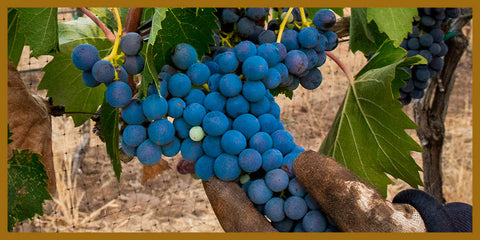The experience of drinking wine

Uncorking a bottle of wine and enjoying a glass is a pleasant experience, but without a doubt, doing so in the company of friends and special moments makes it even better. Drinking wine is not only an act of fulfilling a need, it is accompanied by a series of surrounding elements that make it unique.
Here are some wine insights to help you determine the latest in white, red and rosé wines around the world, as well as where they are produced.
Table of Contents
Wine tourism experiences

Wineries open their doors and seek to welcome us with open arms. We stop focusing only on what is inside the bottle and begin to be more interested in knowing the product from its origin . Wine begins to be produced in the field, from the roots of the plant to a good harvest. Thanks to the wine routes, Ensenada receives almost a million visitors each year. The options for wine destinations are increasingly broad and perfectly complement the gastronomic offering of each region; Vinícola El Cielo alone receives 200,000 visitors a year. I am convinced that there is no visitor who has a good experience in a vineyard and does not fall in love forever with the world of wine and all the symbolism that surrounds it.
Natural wines and organic vineyards

These are trends that are finding their place in different industries, including the wine industry. Little or no manipulation of the grapes throughout production is a trend that has recently gained strength. It arises from a generational ideal of raising awareness about the environment and reconnecting with nature. It has reached the point where it is impossible to ignore it and marketers need to meet this demand, which is potentially growing. A natural wine is one that is produced in the absence of chemicals or agents external to nature, even yeasts are what the grapes bring as a coating on the skin, peel or skin. While the organic vineyard is one in which no fertilizers or chemical agents are used, but some chemicals can be used in the winemaking process.
In 2022 , El Cielo Valle de Guadalupe began to gradually transform its vineyards into organic ones in order to obtain better grapes to produce wines that are committed to the environment and to the quality that reaches consumers' tables.
Domestic wine consumption
In Mexico, the national consumption trend has been reversed, and now consumers demand a greater variety of labels and better quality. Even though it only represents 30% of the total consumption of the category, the wine that is most consumed in our country is fortunately Mexican. This is very good news. The challenge now is for Mexican producers to be able to make more bottles so that more and more Mexicans can try better wines produced in one of the states that have wineries. The states with the highest production are: Baja California, Querétaro, Coahuila, Guanajuato, Zacatecas, Aguascalientes and Chihuahua. I invite you to try at least one wine from each state to discover what Mexico has to offer in terms of wine.
Eye-catching labels
Image matters a lot. We live in a society that is governed by first impressions and launching a bottle of wine that will make an impression on the consumer's mind should be one of the first concerns of producers. In a store where there are hundreds of options, it is essential to stand out. The brand must be unique, present a concept and attract the buyer. The colors, logo, and style of the label must communicate the personality of the wine. Which wine label catches your attention?
Wine consumption is increasing and with it the possibility of opening new lines of business. There are more and more vineyards that can be visited and that offer experiences so that visitors can fully experience the world of wine. We invite you to drink Mexican wine. Remember that every peso invested in a Mexican wine is a penny that returns to our land.














